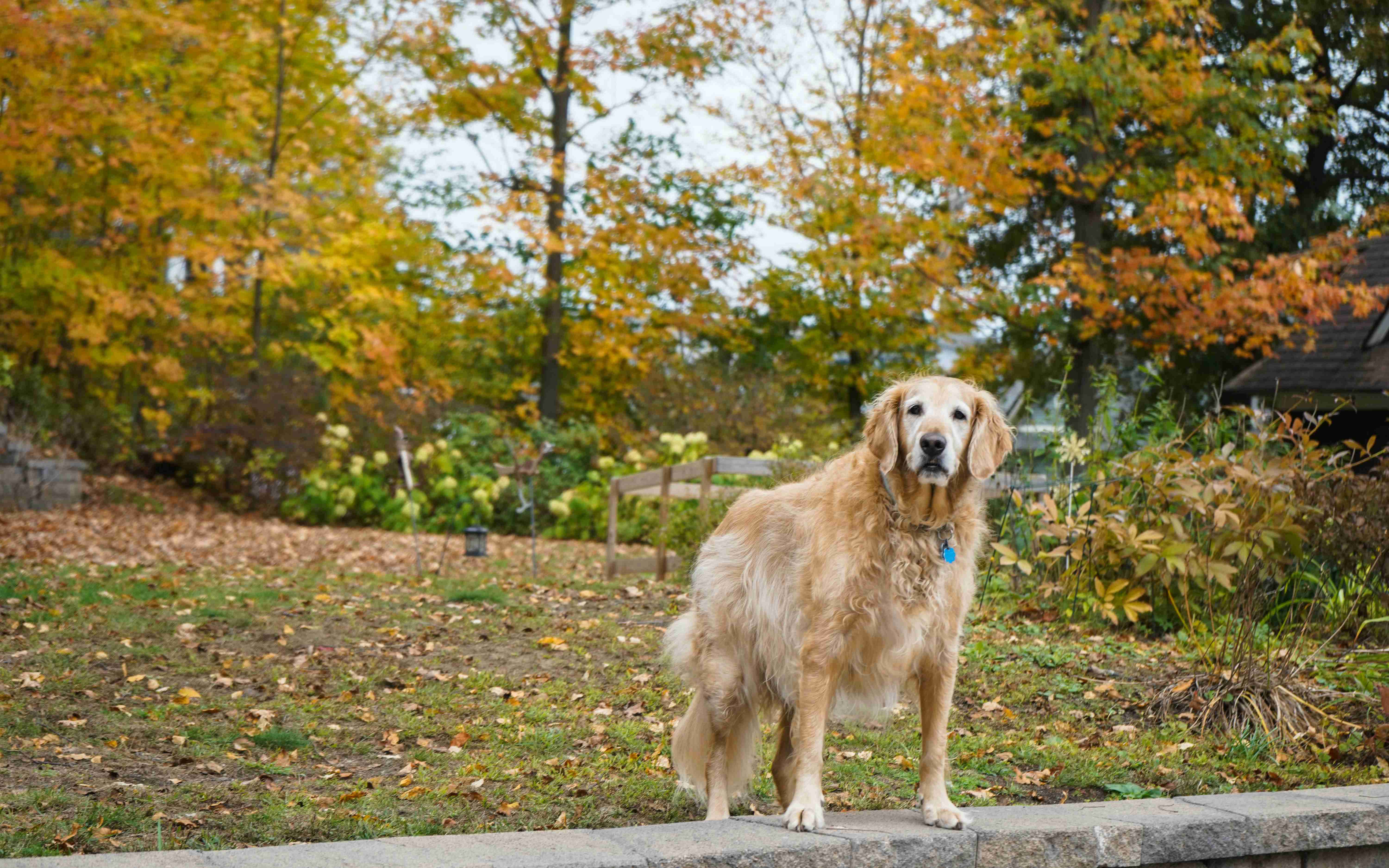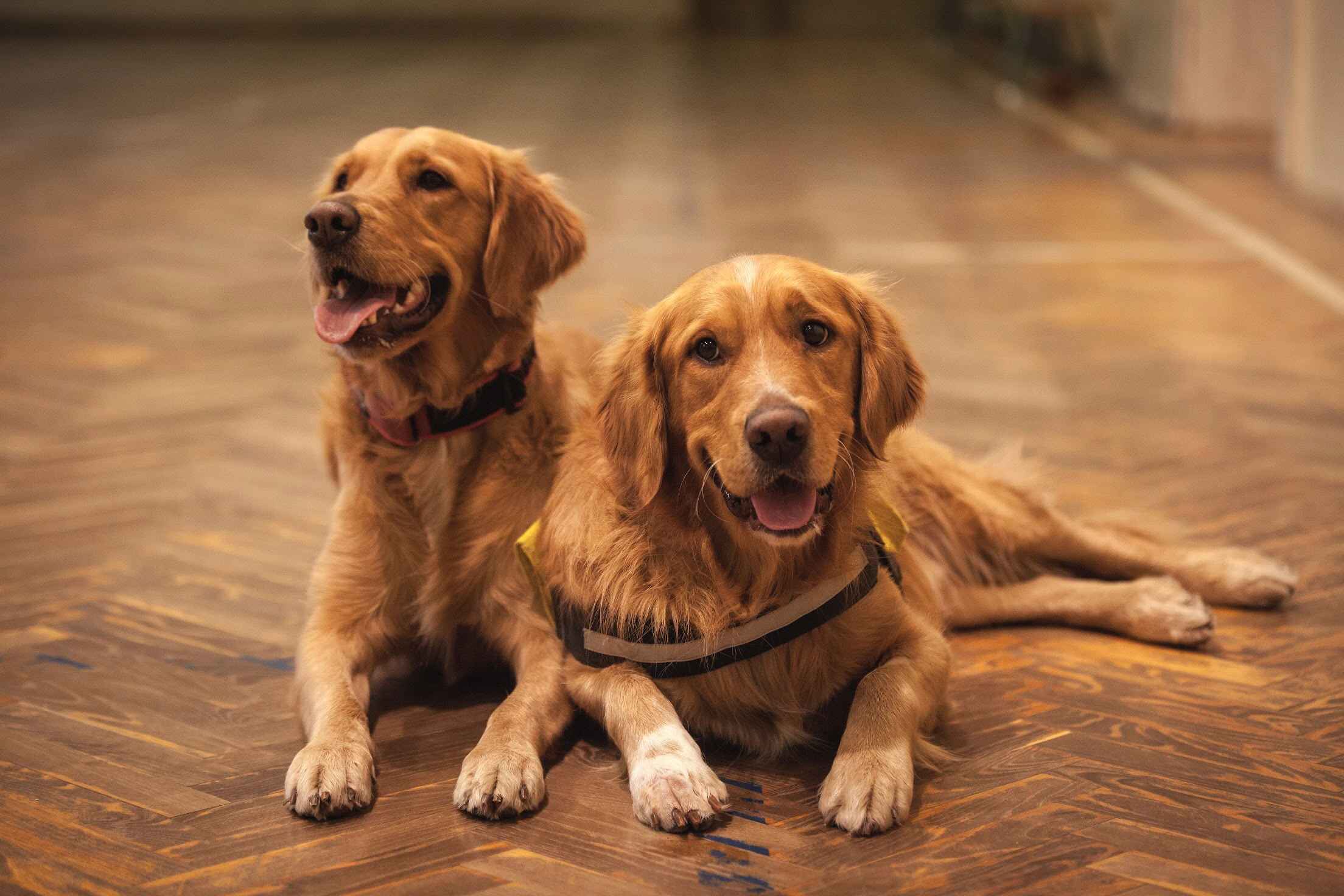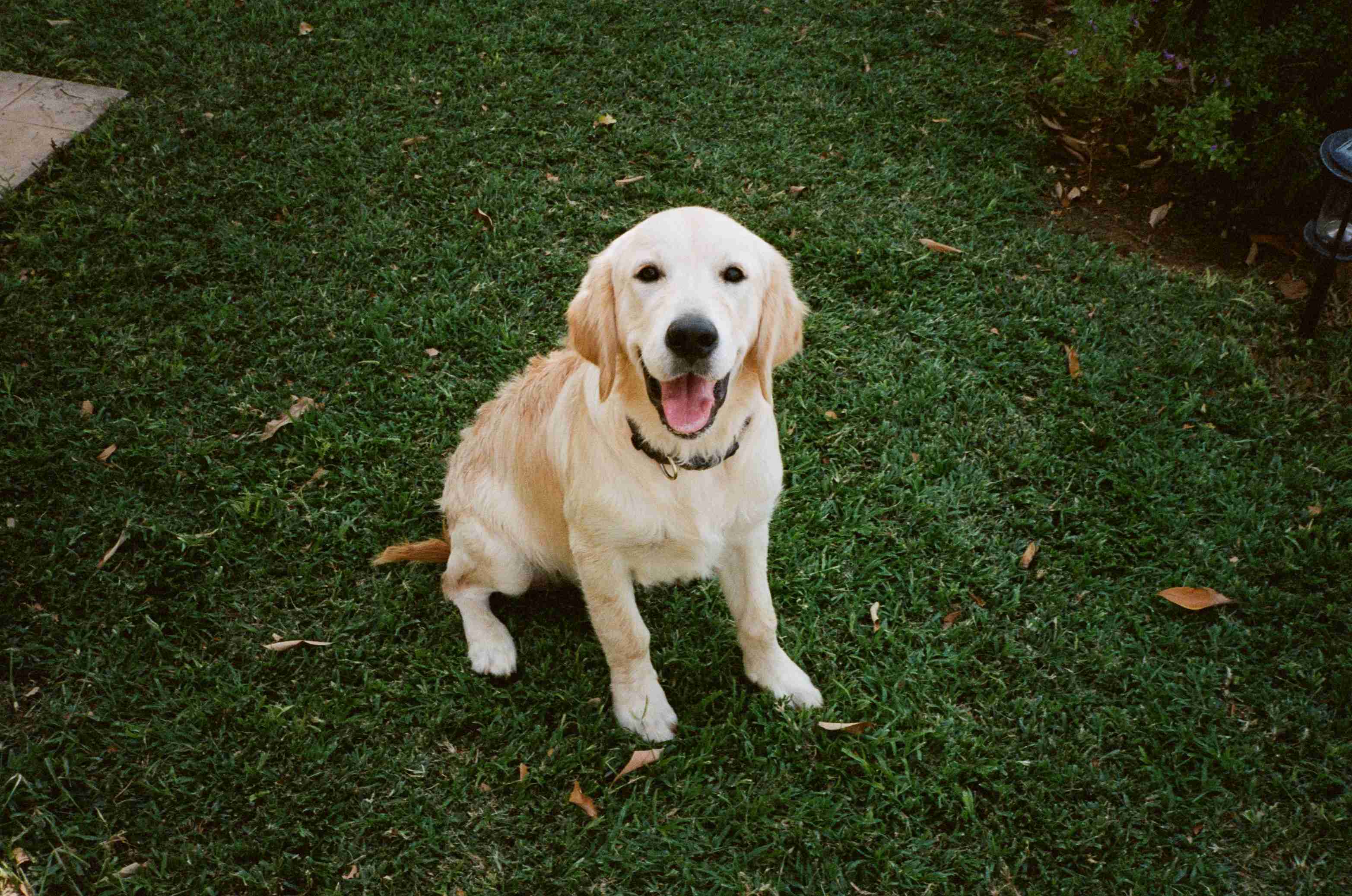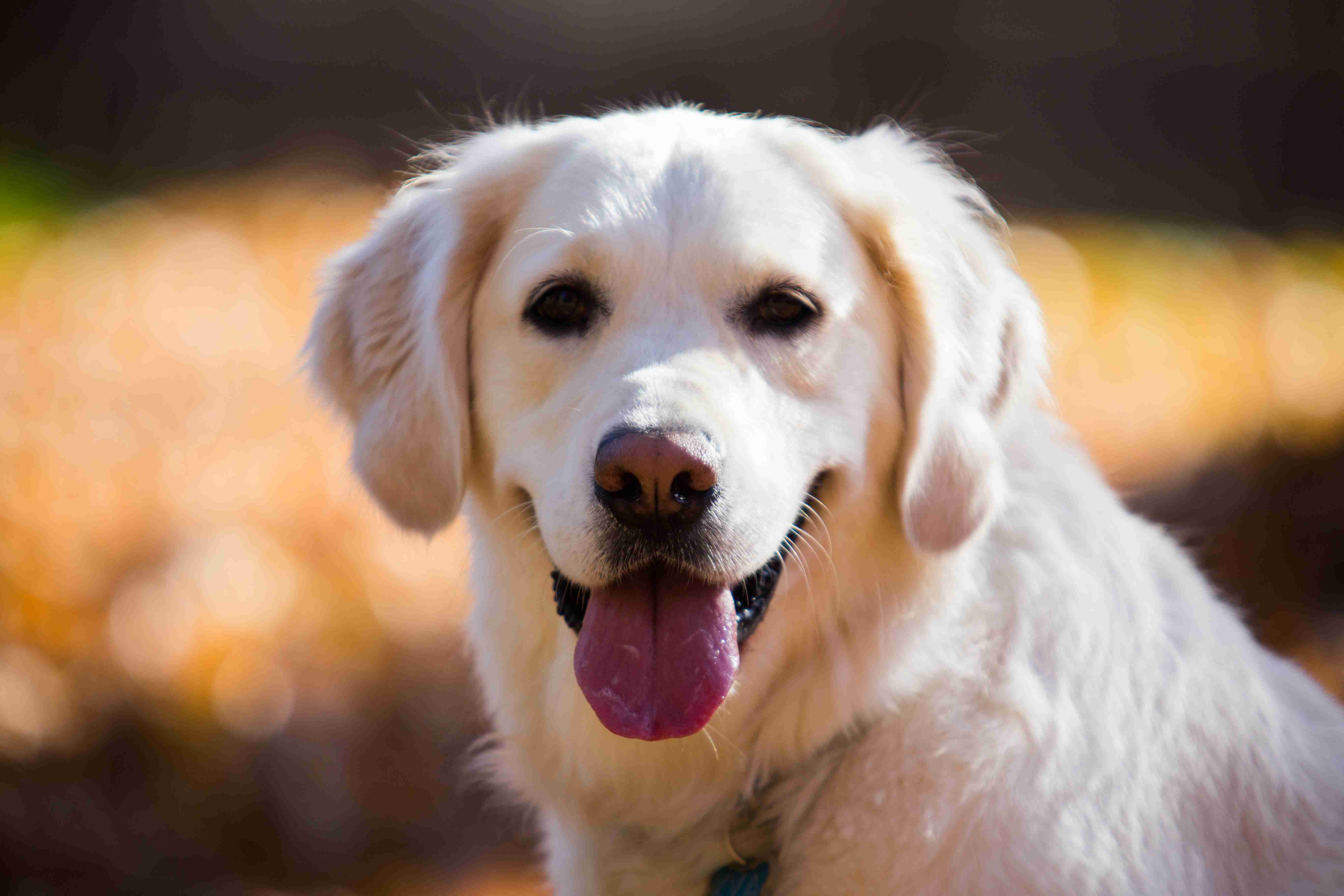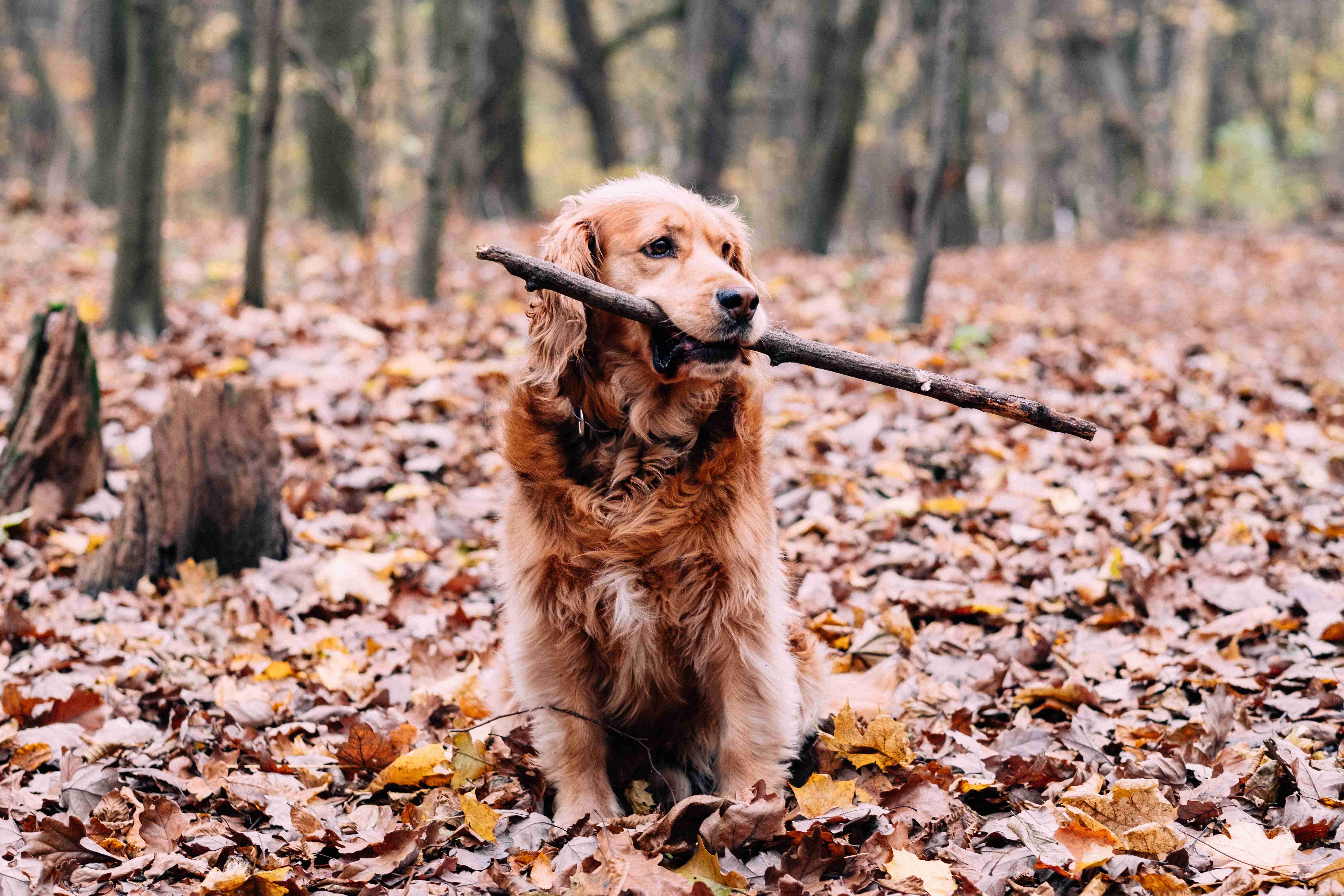Golden Retrievers are known for their playful and energetic nature, making them popular pets among families. However, as temperatures rise during the summer months, it’s important to be aware of the risk of heatstroke. Heatstroke is a serious condition that can quickly become life-threatening for dogs, particularly for breeds with thick coats like Golden Retrievers. As a pet owner, it’s important to recognize the warning signs of heatstroke in your furry friend and take action immediately. In this blog post, we’ll discuss the signs of heatstroke in Golden Retrievers and provide tips on how to prevent it from happening in the first place.
Heatstroke is a serious medical emergency that can be fatal for dogs, especially Golden Retrievers. As a responsible pet owner, it’s important to know the signs of heatstroke and how to prevent it. In this blog post, we will discuss the warning signs of heatstroke in Golden Retrievers and what you can do to help prevent it.
1. Excessive Panting: One of the earliest signs of heatstroke in Golden Retrievers is excessive panting. When a dog is overheated, they will pant heavily and rapidly in an attempt to cool down. If your Golden Retriever is panting excessively and unable to catch their breath, it’s a clear indication that they are struggling to regulate their body temperature.
2. Lethargy and Weakness: Another sign of heatstroke in Golden Retrievers is lethargy and weakness. As their body temperature rises, they will become sluggish and weak, and may have difficulty standing or walking. If you notice your Golden Retriever lying down and unwilling to move, it’s a sign that they are in distress and need immediate attention.
3. Bright Red Gums and Tongue: Heatstroke can cause the gums and tongue of a Golden Retriever to turn bright red due to an increase in blood flow. This is a clear indication that their body temperature is too high and they need to be cooled down immediately.
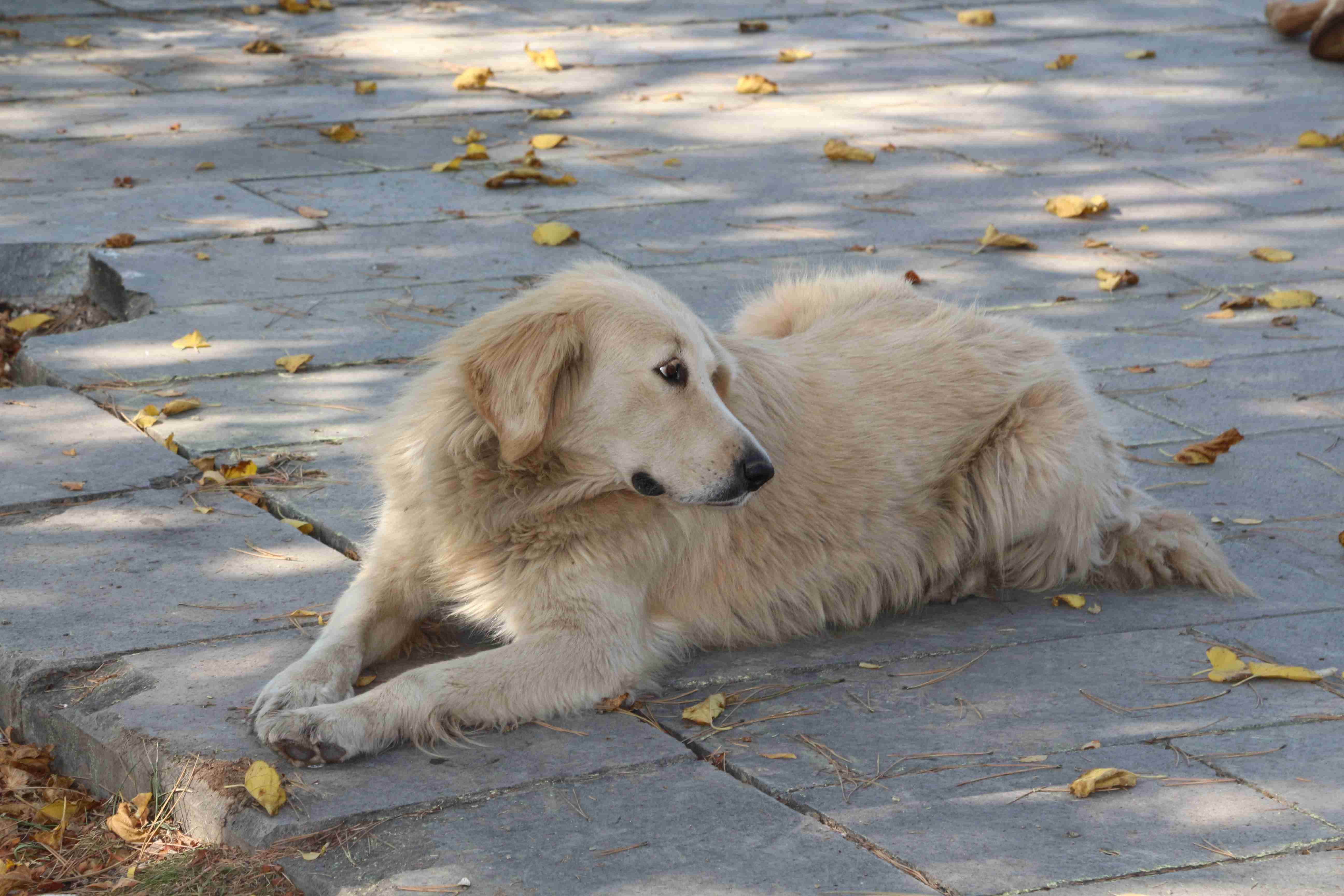
4. Vomiting and Diarrhea: Heatstroke can also cause vomiting and diarrhea in Golden Retrievers. This is because the body is attempting to rid itself of excess heat and toxins. If your dog is vomiting or has diarrhea, it’s a sign that they are in distress and need veterinary attention right away.
5. Seizures and Collapse: In severe cases of heatstroke, Golden Retrievers may experience seizures or even collapse. This is a life-threatening emergency and requires immediate veterinary care.
Preventing heatstroke in Golden Retrievers is key to keeping them healthy and safe. Here are a few tips to help prevent heatstroke:
– Never leave your Golden Retriever in a parked car, even with the windows cracked open.
– Provide plenty of shade and water when your Golden Retriever is outside.
– Avoid exercising your dog during the hottest parts of the day.
– Consider using a cooling vest or mat to help regulate your Golden Retriever’s body temperature.
recognizing the warning signs of heatstroke in Golden Retrievers is crucial to keeping them safe and healthy. If you notice any of these signs, it’s important to act quickly and seek veterinary care. By taking steps to prevent heatstroke, you can help ensure that your furry friend stays happy and healthy for years to come.
In conclusion, heatstroke is a serious condition that can cause severe damage to your Golden Retriever’s health. It’s crucial to take precautions during hot weather and to be vigilant for any signs of heatstroke. Remember, early detection is key to preventing serious complications. So, if you notice any of the signs we’ve discussed in this post, seek medical attention immediately. By being proactive and taking the necessary steps to protect your furry friend, you can enjoy many happy and healthy years together. Stay cool, stay safe!



.jpg)
